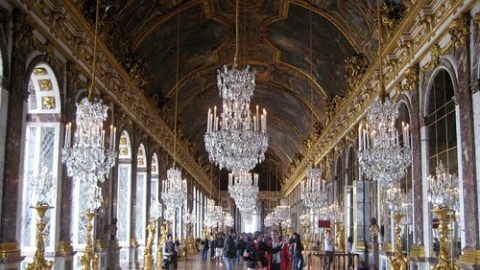The Leonardo da Vinci exhibition builds on the Museum's collection with five paintings and 22 drawings, along with more than 120 other works on loan from art institutions in France, Italy, Germany, Russia, the UK and the US.
The works – paintings, drawings, manuscripts, sculptures and artefacts – will be on display in the Museum's Napoleon Hall for four months, starting on October 24, and are expected to attract up to 7,000 visitors a day.
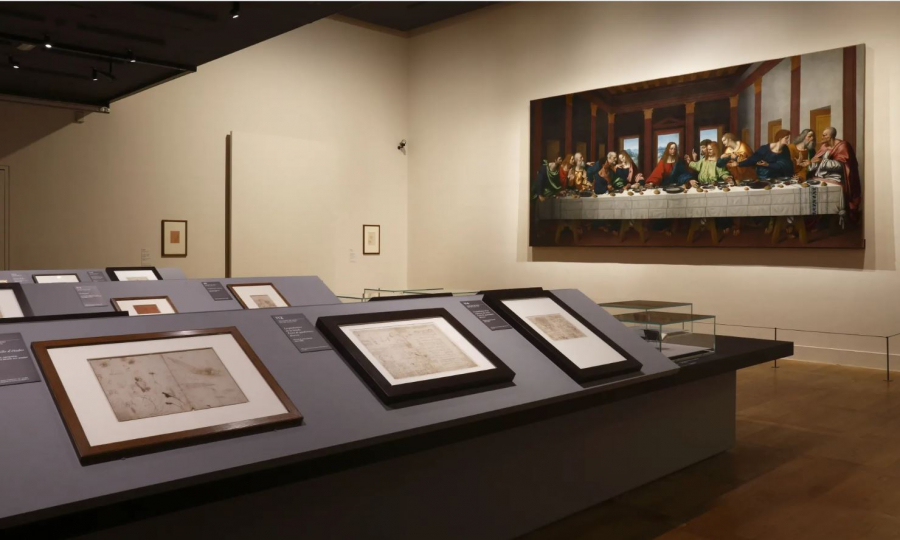
Leonardo da Vinci's surviving works are not numerous: only about 15 to 20 paintings can currently be definitively identified as his, of whichMona LisaandThe Last Supperare the most famous. Many works are too "fragile" to be moved, and for most institutions that own them, they are the pinnacle of the entire collection.
To add more da Vinci works to the exhibition, the Louvre curators had to work hard to borrow six paintings, adding to the five paintings already in the Museum, bringing the total number of paintings in the exhibition to 11. Up to now, the largest Leonardo da Vinci exhibition was at the National Gallery in London in 2011, with nine paintings.
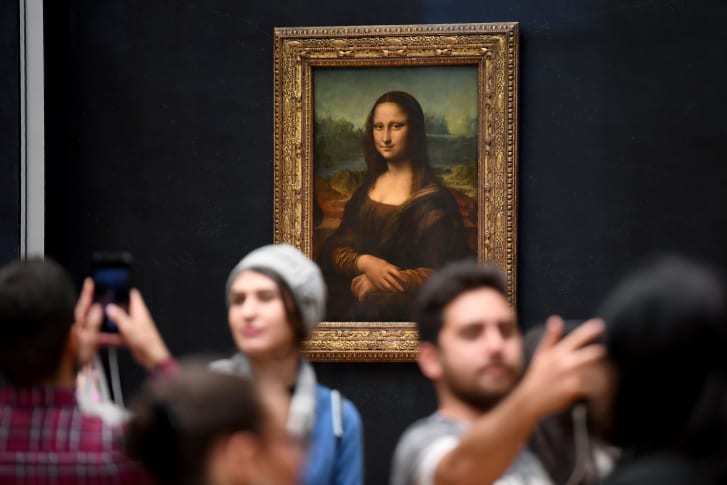
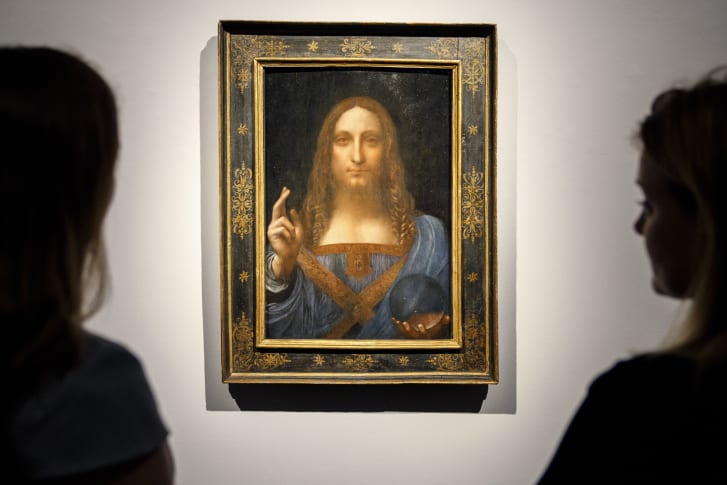
The six paintings borrowed from the Louvre include:
- Benois Madonnafrom State Hermitage (St. Petersburg)
- Saint Jeromefrom the Vatican
- Musicianfrom Pinacoteca Ambrosiana (Milan)
- Head of a Woman(La Scapigliata) from Galleria Nazionale (Parma)
- 2 paintings with the same nameMadonna of the Faucetwinder- one from a private collection and one from the National Gallery in Edinburgh
These 6 paintings will participate in the exhibition with 5 paintings from the Louvre:La Belle Ferronnière, Virgin of the Rocks, Mary and Child with Saint Anne, Saint John the BaptistandMona Lisa.
Three other famous Leonardo paintings owned by the Uffizi Gallery in Florence, Italy's most visited museum, were the subject of some political controversy and were eventually deemed too fragile to be transported by the Uffizi's director. However, the Uffizi did send the Louvre several drawings, including Leonardo da Vinci's earliest known work of art: a sketch of the Arno River valley around Florence.
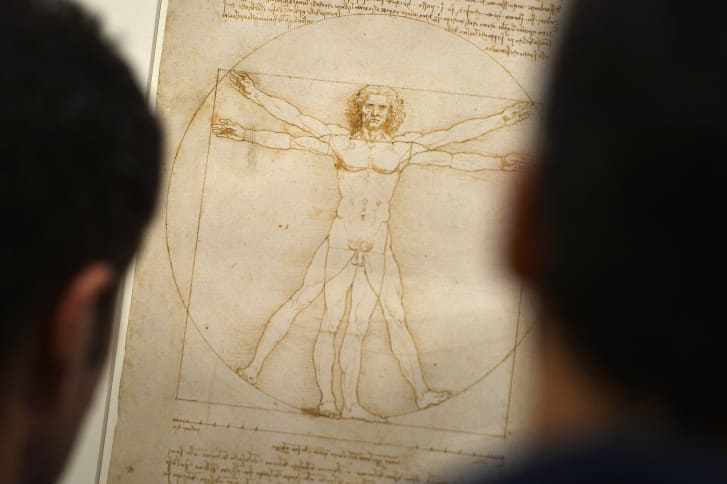
Vitruvian Man
Unlike paintings, Leonardo da Vinci's drawings are not so scarce and many will be on display in Paris, including sketches for his paintings, the most famous and astonishing anatomical drawings of which areVitruvian Man, a study of human body proportions.





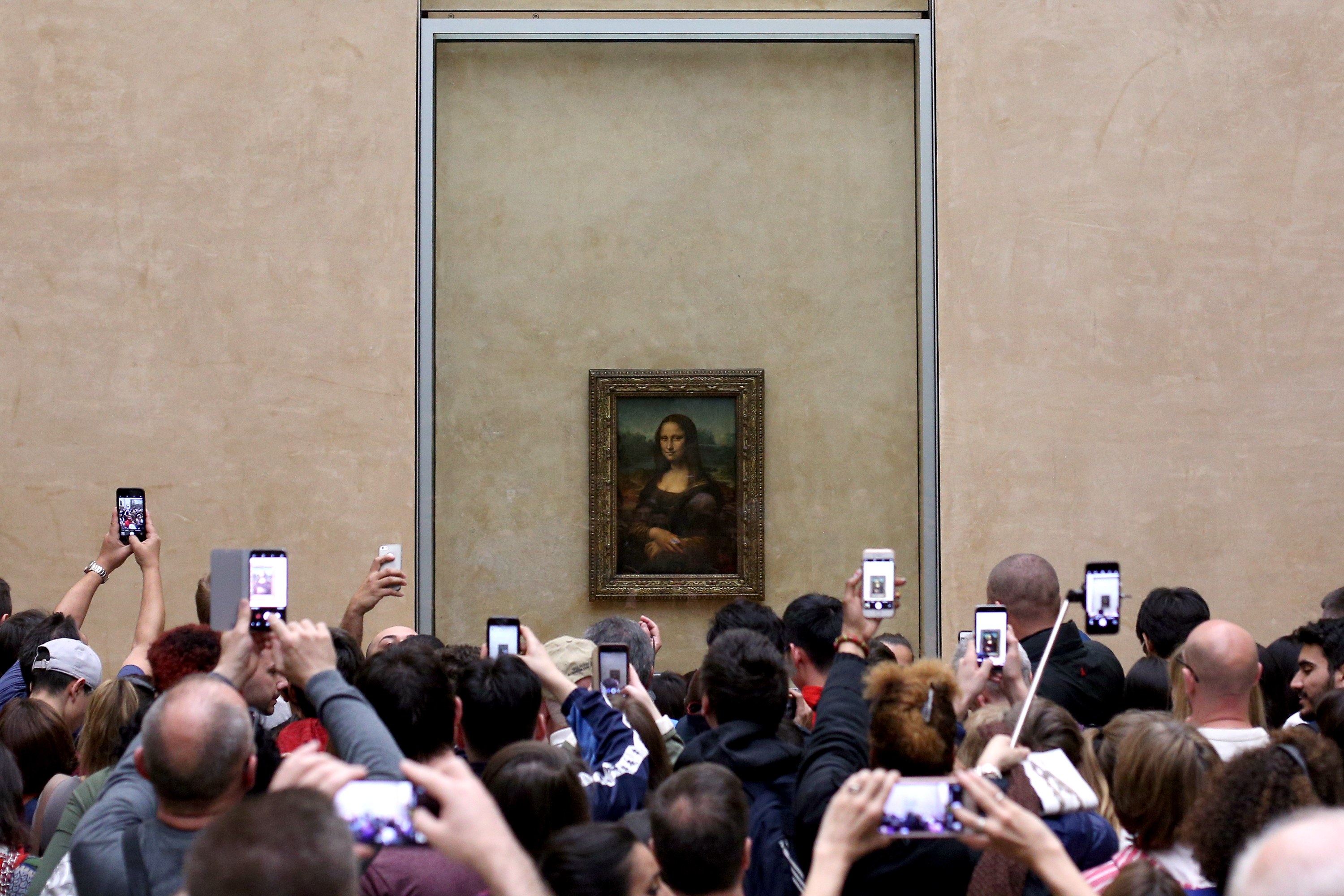















.jpg.jpg)




.jpg.jpg)
